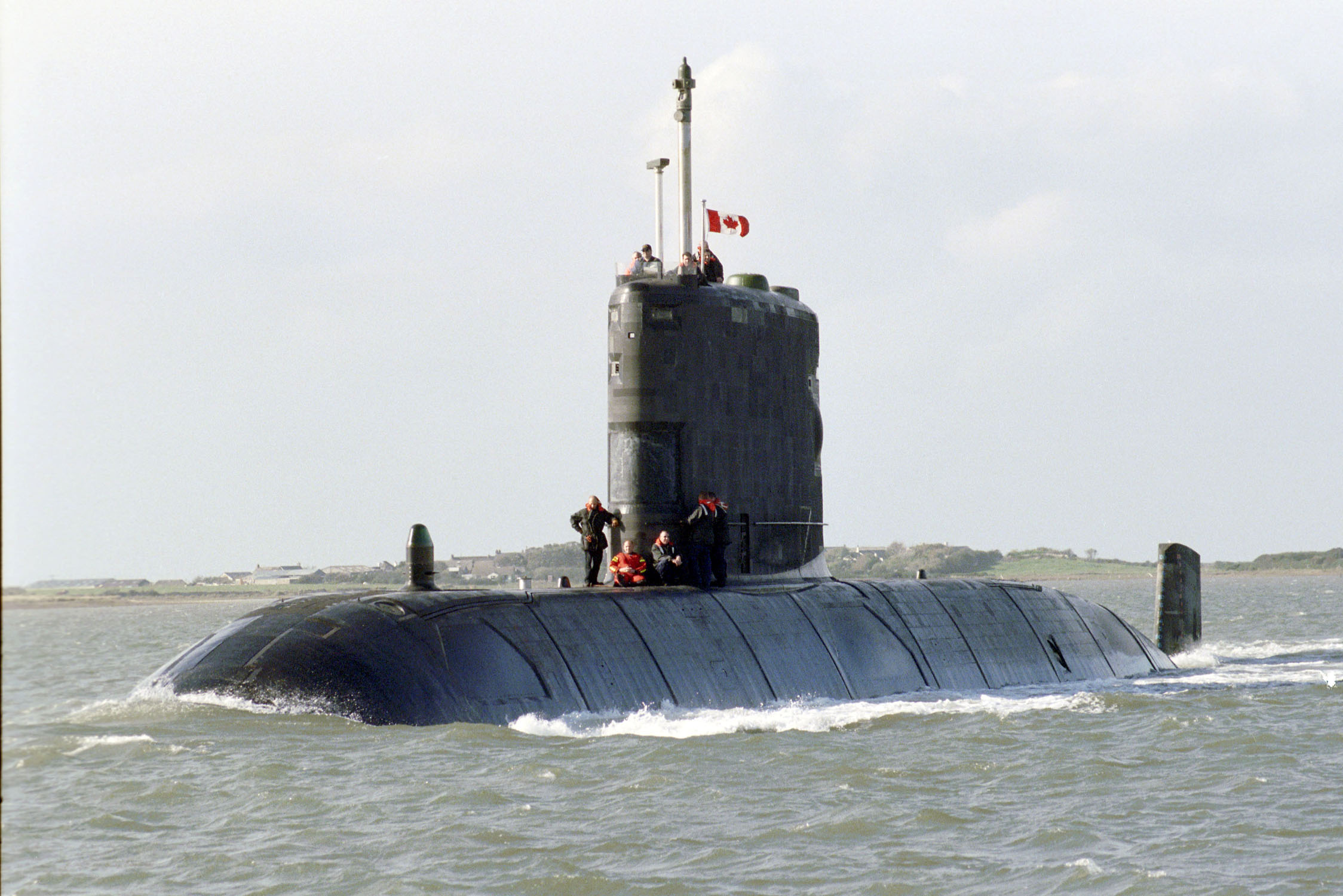The Halifax-based submarine HMCS Windsor is currently being refitted with a new diesel generator after a recent discovery that the engine was inoperable, rendering the submarine not mission-ready. This development comes shortly after the 2012 completion of a $209 million refit of the submarine that began in 2007. The refit was initially projected to take two years to complete at a cost of $45 million. The exorbitant procurement costs and subsequent maintenance of the second-hand submarines have been a point of significant controversy and another blemish on the Canadian government’s shaky procurement record.
[captionpix align=”left” theme=”elegant” width=”300″ imgsrc=”http://natoassociation.ca/wp-content/uploads/2014/02/484527_572919176075428_203056603_n.jpg “]
While Canada’s Victoria-class submarines represent a significant investment by the Canadian government, they have experienced many problems since their acquisition from the British Navy in 1998. The four subs were bought for $750 million, yet in their fourteen years of service with the Royal Canadian Navy the subs have spent less than three years at sea and have been plagued with many problems including dents, leaks, rust, and fires, and none are currently capable of firing a torpedo.
Although Canada’s submarine woes are well documented, their decommissioning date is not. The ageing Victoria-class submarines are entering their last decade of service and the government currently has not released any plans to replace them. This reflects the government’s lack of foresight and could severely undermine the Canadian Forces’ tactical edge given the significant strategic capabilities of submarines in defence, power projection and counter power projection.
While the Canadian government could continue investing in these submarines, experts have argued that the government should begin a procurement process in order to have replacements ready in the next ten to fifteen years. The Department of Public Works is currently implementing a National Shipbuilding Procurement Strategy (NSPS) valued at $33 billion. The NSPS sets forth a plan to build ships for the Royal Canadian Navy and Coast Guard at Halifax and Vancouver shipyards. However, the plan does not include the construction of any new submarines.
[captionpix align=”left” theme=”elegant” width=”300″ imgsrc=”http://natoassociation.ca/wp-content/uploads/2014/02/904035_10151574714144802_2134220183_o.jpg”]
Submarines of French and German design are already being built in countries that have ordered them for their respective navies, such as Greece and South Korea. Procurement of new submarines would draw manufacturing to Canadian shipyards as well as boost the long-term capability of the Royal Canadian Navy. Under the newly developed Defence Procurement Strategy released last week, the Canadian Department of Public Works could undertake a project to fund the development of new submarines over the next ten to fifteen years.
Investing additional funds into Canada’s decrepit submarine fleet defies common sense. Instead the funds would be better spent on the development of new submarines that would bring additional operational capabilities to the Canadian Navy in the long-term.




